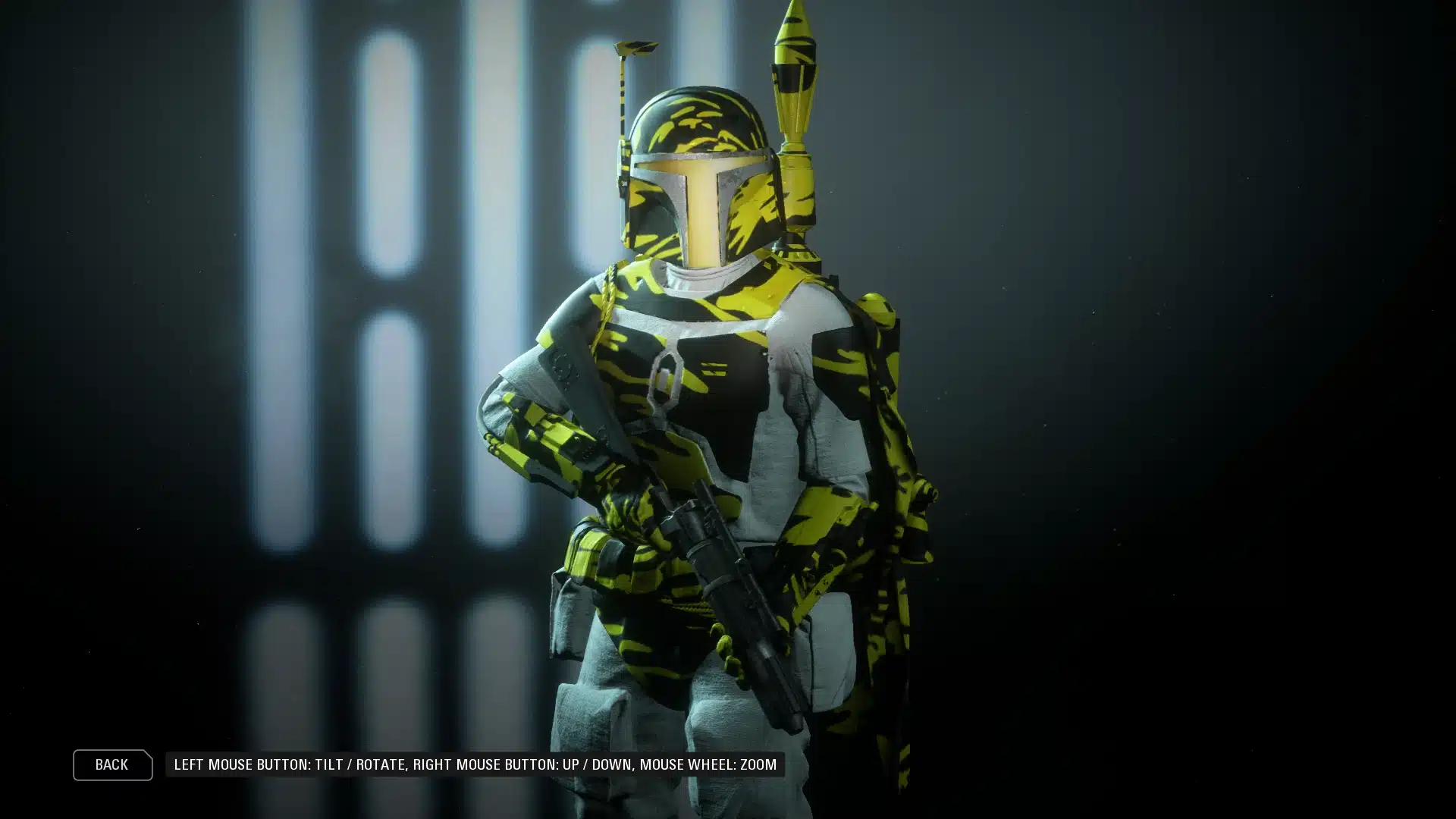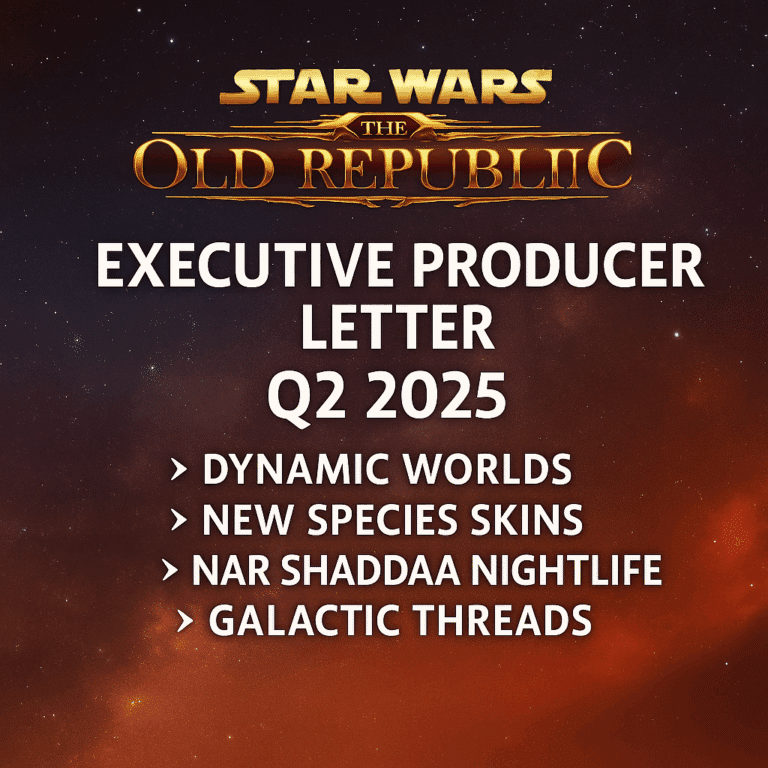It sounds like the plot of a scrapped Andor episode: the CIA, desperate for discreet digital communication with field agents, creates a fake Star Wars fan site complete with memes, game links, and nerdy quotes from Yoda. The only catch? It was all real.
According to an investigative report from 404 Media, the CIA launched a website called starwarsweb.net around 2010. On the surface, it was indistinguishable from any other fan site of the time—featuring cartoony Star Wars characters, links to LEGO sets and classic games like Battlefront II, and the kind of Jedi-infused banter that feels right at home on Reddit or Discord.
But underneath the surface? Hidden communication tools used to pass messages to covert assets operating overseas.

Why Star Wars? Why Not?
Of all the covers in the universe, a Star Wars fan site actually makes a weird kind of sense. Star Wars has a sprawling, global fanbase spanning generations and continents. The franchise lives not just in movies and shows, but in forums, game mods, fan art, cosplay meetups, and yes—fan-run websites that look like they were made in 2007 and never updated since.
It’s the perfect camouflage: a noisy, chaotic fandom with enough meme density and lore obsession to bury even the most suspicious-looking backend code. If you wanted to hide secret intel, where better than between links to Republic Heroes and an animated Yoda spouting, “Like these games you will”?
Built for Fans, Used for Spies
What made starwarsweb.net truly wild wasn’t just the surface-level content—it was the function underneath. The site reportedly featured secret sections that agents could access by typing special passwords into what looked like ordinary search bars. Once inside, spies could receive mission data and covert updates from the CIA.
You weren’t just browsing a fan site—you were potentially sitting on a digital dead drop.
It was so effectively mundane that it took years to uncover. But when it unraveled, it unraveled hard.
From Fanboy to Fallout
The site’s downfall came when Iranian authorities traced its infrastructure back to the CIA, exposing it as part of a broader digital communications network. Once exposed, foreign intelligence services—especially in China—began rolling up suspected CIA informants.
Reports suggest that numerous U.S. assets were captured or killed as a result.
The lesson? Hiding secrets in plain sight works—until it doesn’t. And when the disguise is as popular as Star Wars, the blast radius is even bigger.
The Bigger Picture—From Star Wars to Esports and Beyond
While the Star Wars angle grabs headlines, the broader takeaway is more chilling. The CIA reportedly ran multiple sites designed to look like gaming hubs, news blogs, and pop culture portals. It wasn’t just a one-off. The agency knew that fan spaces were perfect places to blend in—whether you’re talking about the Rebellion or the real-world resistance to authoritarian regimes.
And this kind of covert communication model isn’t ancient history. With the explosion of online communities—from esports teams to betting Discords—it’s easy to imagine similar tactics being used today. Chat threads about crypto bets or tournament brackets could just as easily mask coded phrases and activation words.
Conclusion: May the Source Be with You
The idea that the CIA used a Star Wars site to talk to spies sounds like internet satire—but it’s a reminder of just how closely our digital lives brush up against global intelligence games. So next time you’re clicking through a fan wiki or modding Battlefront II, take a moment to wonder: is that meme just a meme? Or is someone using the Force… for espionage?
Either way, the galaxy’s never been weirder.
📣 Stay in the Loop with Star Wars Gaming and News
Get your daily dose of Star Wars games, updates, mods, and insider news — straight from the galaxy’s best-informed cantina.
👉 Follow us here:
🐦 X / Twitter
📘 Facebook
📸 Instagram
Whether you’re grinding dailies or waiting for the next big drop—Sith Happens Daily.










